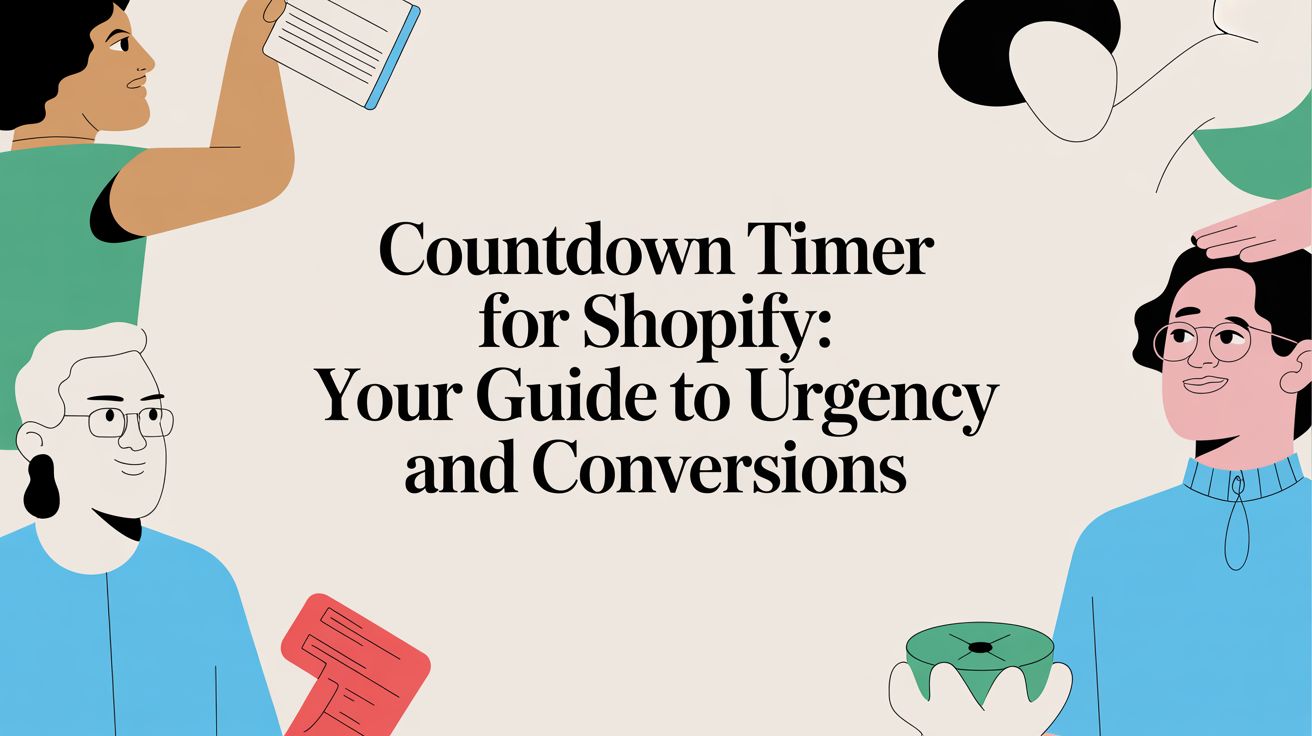
E-commerce and online delivery: From the start until now

If there was ever a time to discuss the state of retail, it’s now. Supply chain disruptions, inflation, consumer empowerment… there are major changes taking place. And when discussing retail, there’s no forgetting e-commerce.
Namely, industry implementation of online delivery and how it’s reached its current status amongst brands and consumers.
Anders Ekman, Co-Founder & COO at Ingrid Delivery Platform, shared thoughts on the e-commerce industry, how online deliveries have impacted retail and major shifts brought on by noise in the marketplace.
The beginning of e-commerce
Like all new ventures, e-commerce had to work through a few hiccups in the beginning with its delivery process.
"I’d say that there were mainly two issues brands hoped to get past by improving their delivery experience." Ekman said. "Firstly, the online shopping process has always had to battle the lack of instant gratification that the traditional brick-and-mortar shopping experience can offer. To be able to instantly wear, use or consume what you’ve just purchased is a strong demand, but for self-evident reasons, this is not possible when shopping online."
The second struggle, Ekman says, were the uncertainties felt around shopping online. Could consumers really trust that they’d get their online orders?
Fortunately, online retailers didn’t have to do all of the legwork themselves. Third-party services were available to help brands confidently give customers assurance that they’d get their item.
“By working with trusted and familiar carrier companies, such as FedEx or UPS (as well as other nationally and regionally known alternatives), e-commerce brands have been able to piggyback off the carriers’ recognition to gain consumer trust,” said Ekman.
Factors of a good e-commerce delivery
To Ekman, the delivery experience is all about managing consumer expectations and giving the consumer the flexibility to choose what suits them best.
“Deliveries are very contextual, how the consumers want their stuff varies a lot depending on what they’re buying and when. So e-commerce brands should offer different alternatives at different pricing points, without putting all their customers in one box — from our experience, not everyone is looking for speed, or only home delivery options,” said Ekman.
Now, while the e-commerce experience is different for everyone, one thing remains the same: Consumers are looking for precision from the brands they shop with. And when they're expecting a package in the mail, they want to know exactly when it's coming.
“Interestingly, it’s not always the speed of the delivery that is the most important factor here. It turns out that accuracy matters more, so if possible, e-commerce brands should narrow down the details as much as possible instead of indicating that the delivery time is ”1-3 days,” said Ekman.
Recent transformations in online delivery
The hectic past two years brought on by COVID-19 also had their influence. When asked to describe the delivery experience, Ekman says shopping was pleasurable before eventually transforming into a new channel for fulfilling all sorts of consumer needs:
“It’s like the end of the opening act. COVID-19 marked the end of the era where online shopping was joyful and more or less voluntary. Coronavirus forced more people to shop online and also buy new types of products this way (like drugs or groceries)."
The years prior to COVID are not clear-cut, of course, but Ekman says they certainly have some undeniable elements as it pertains to consumer and industry culture.
“I’d say that the pre-COVID era was a joyful, explorative phase for e-commerce, where new delivery alternatives could be tried out, and accuracy was not that important. But, as COVID forced consumers to shop online in a way that they hadn’t done before, the demands on a tight supply chain and delivery experience also increased,” said Ekman.
And those demands haven’t stopped. They’ve continued to increase with the rise of retail disturbances.
“The current economic climate is tough. Among other things these days, inflation is driving up transportation costs, and supply chain disruptions affect the shipments of goods,” said Ekman. “Sooner or later, shipping companies will be forced to increase prices even more — especially since many of the rising stars in the industry are venture-capital financed.”
E-commerce is changing right alongside physical retail spaces, and its online delivery process has been affected as a result. From the beginning to now, there’s a rich history to the e-commerce industry — this is the story of its journey with online delivery.

Lindsay Keener is a brand journalist for Quikly. She covers stories that help to inform and educate consumer-facing marketers.

